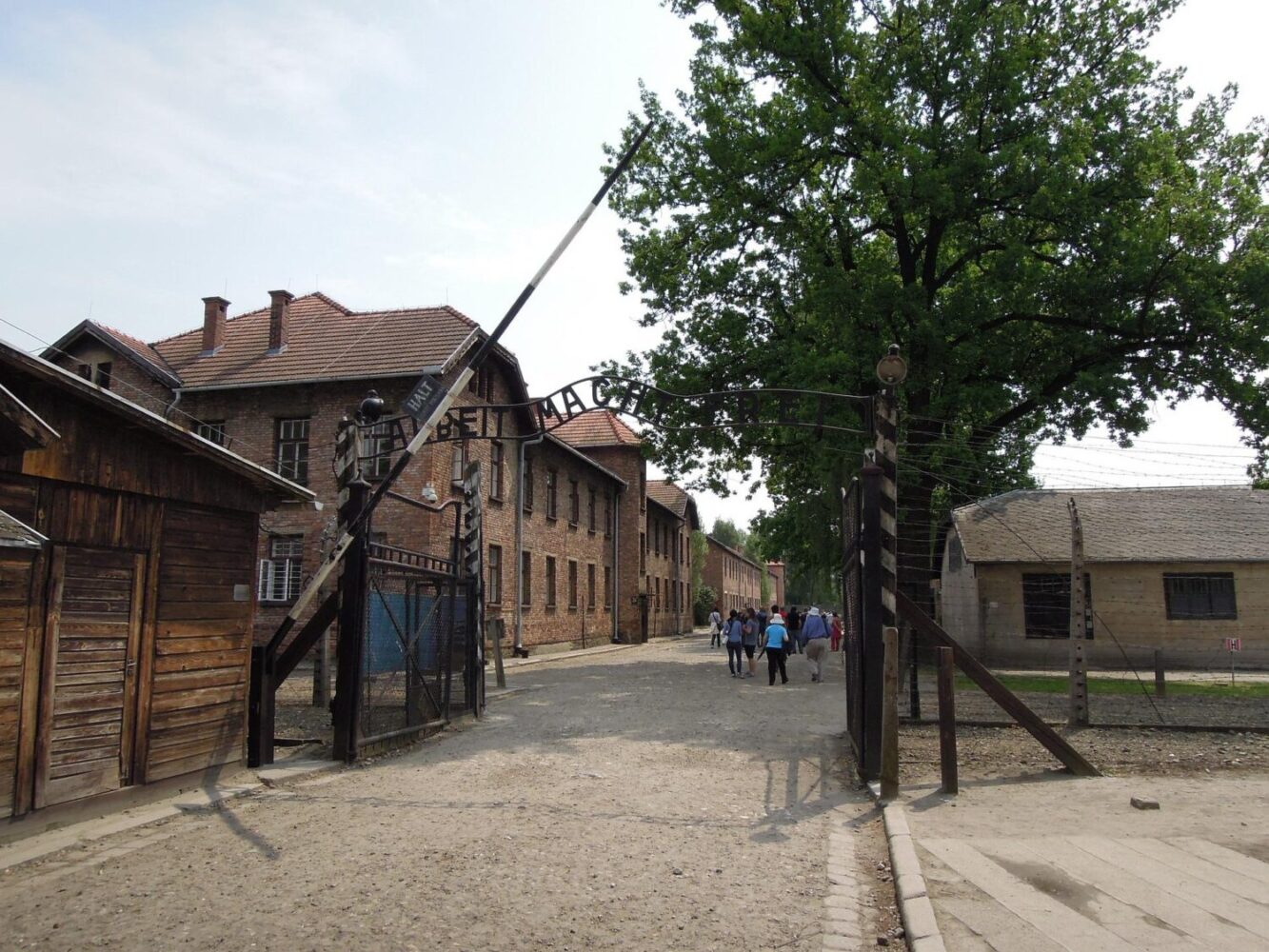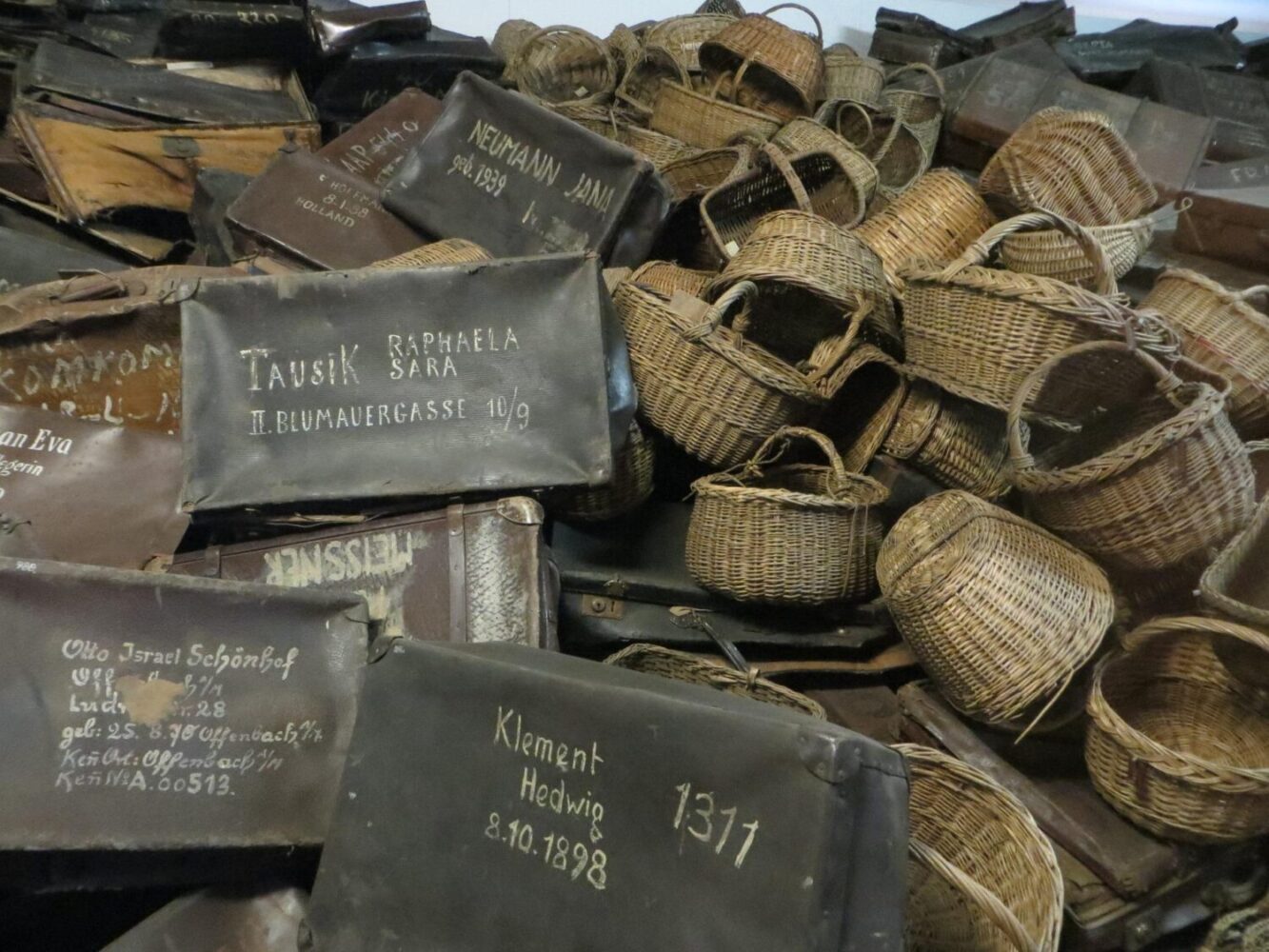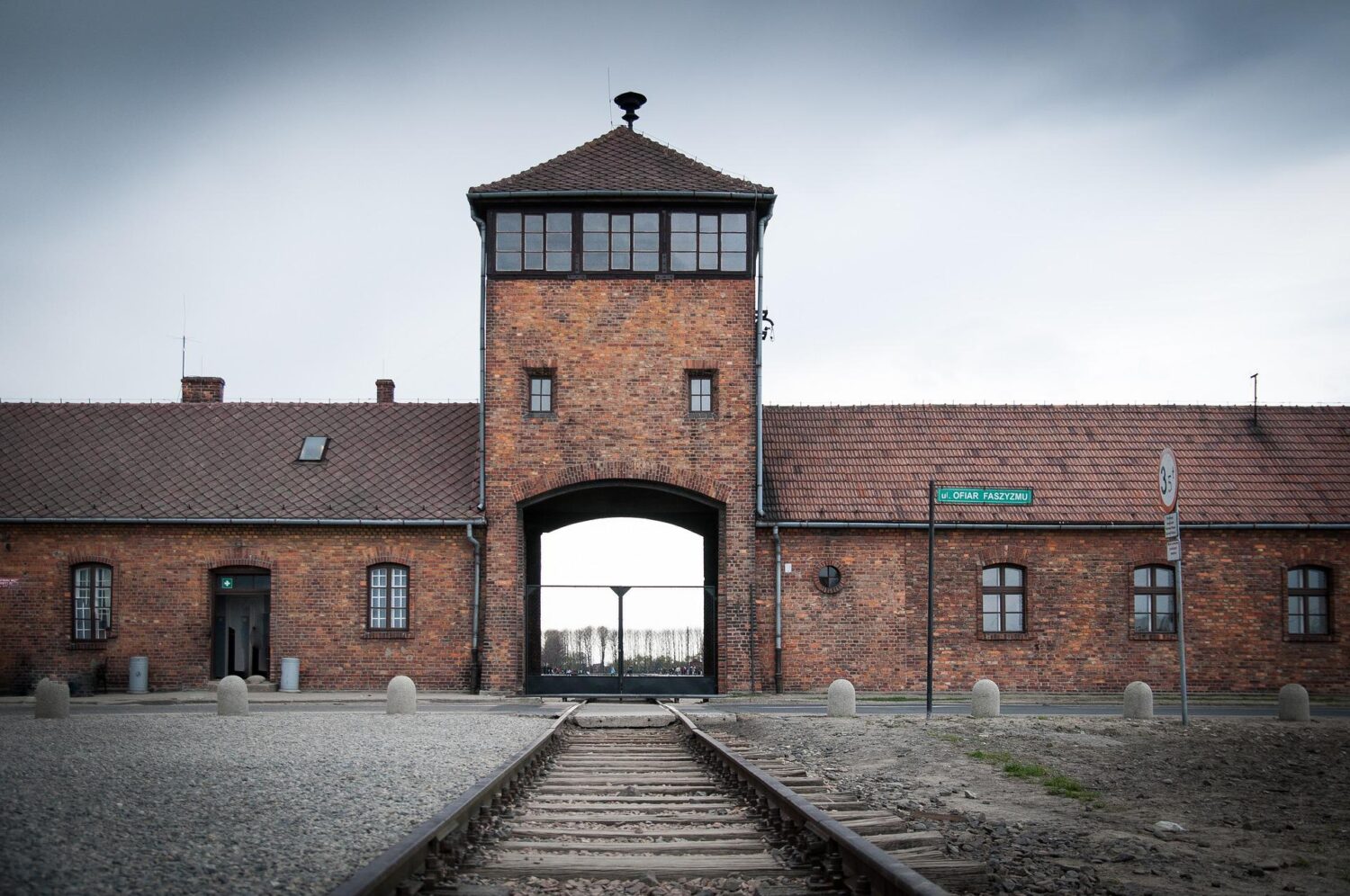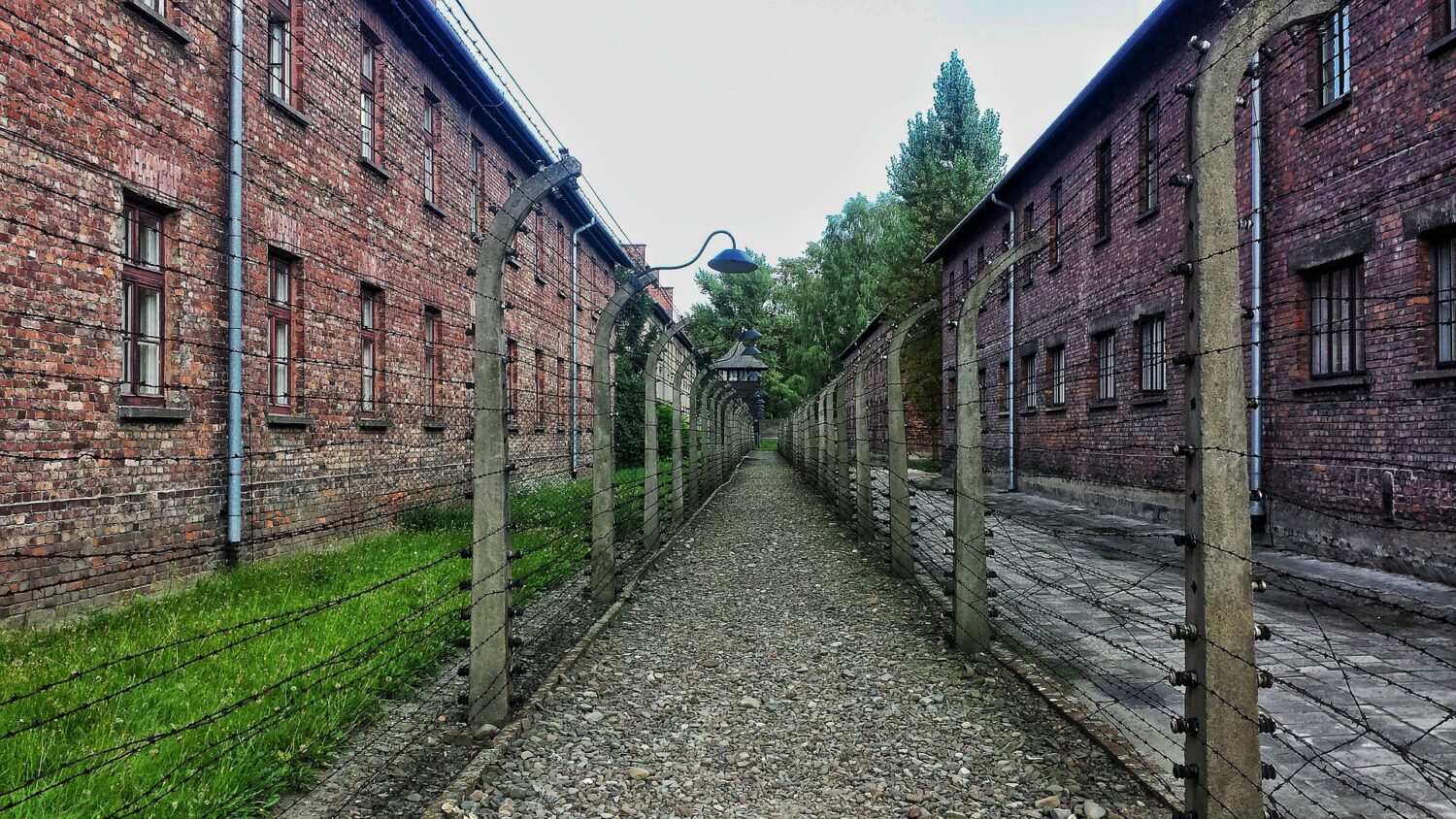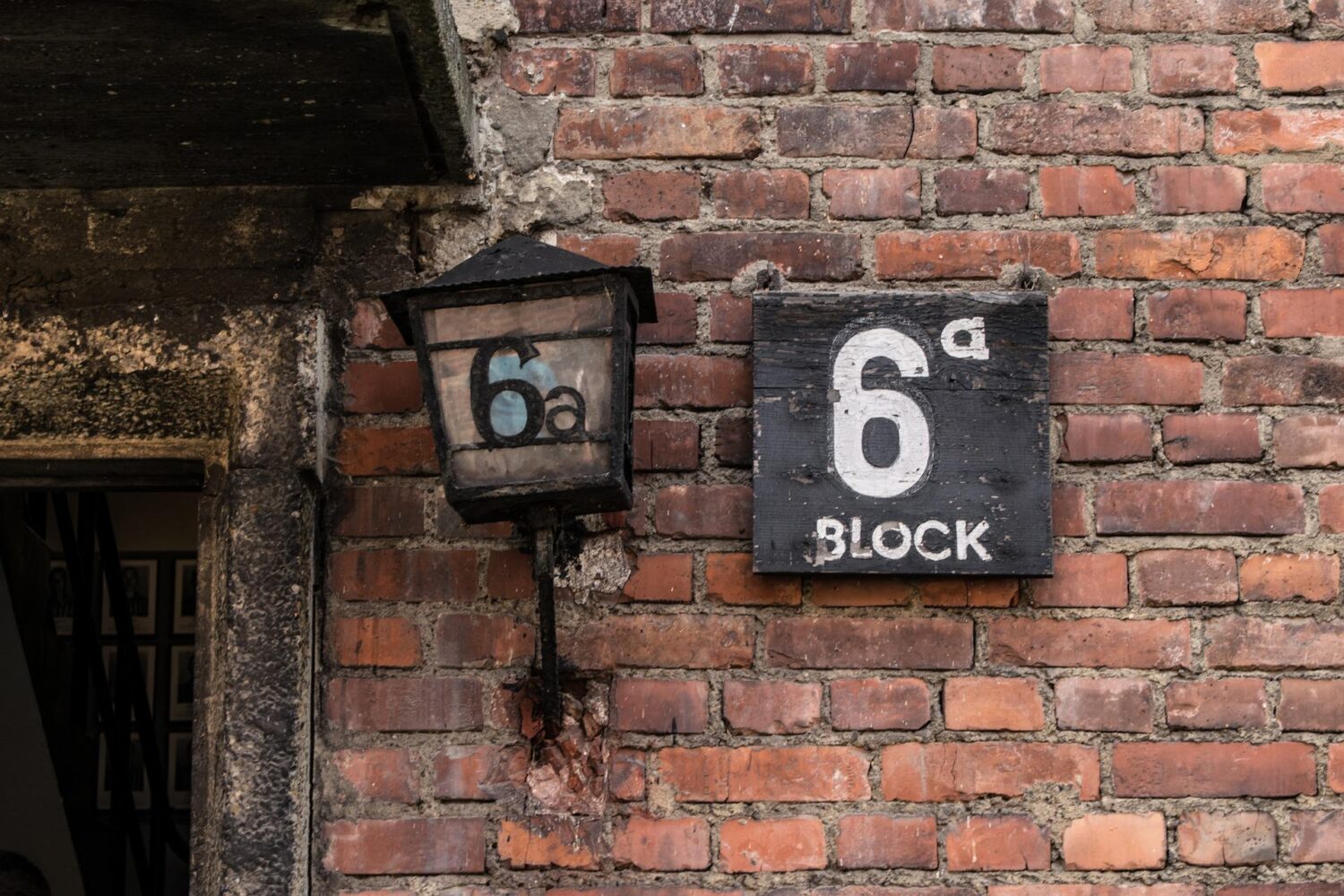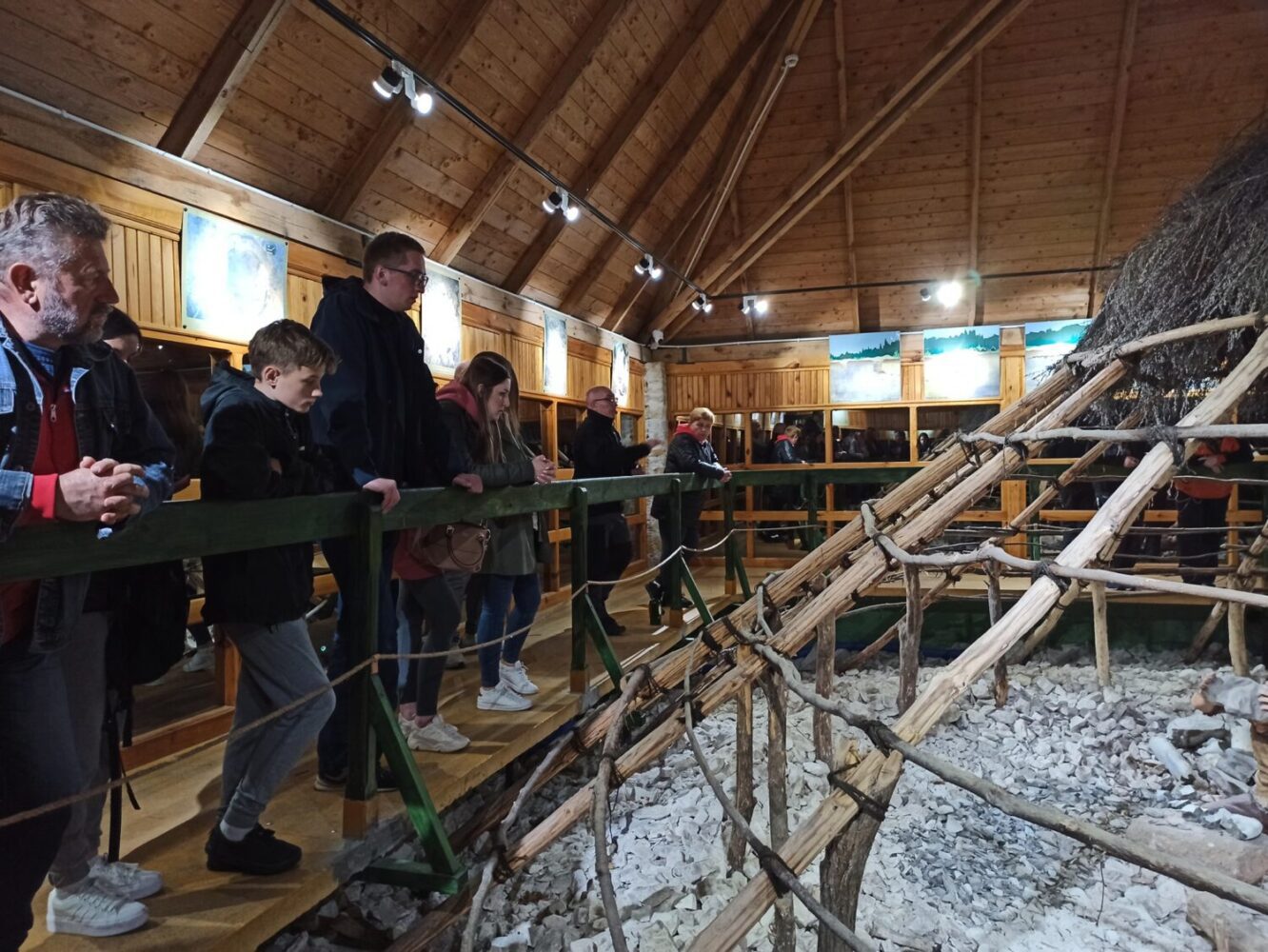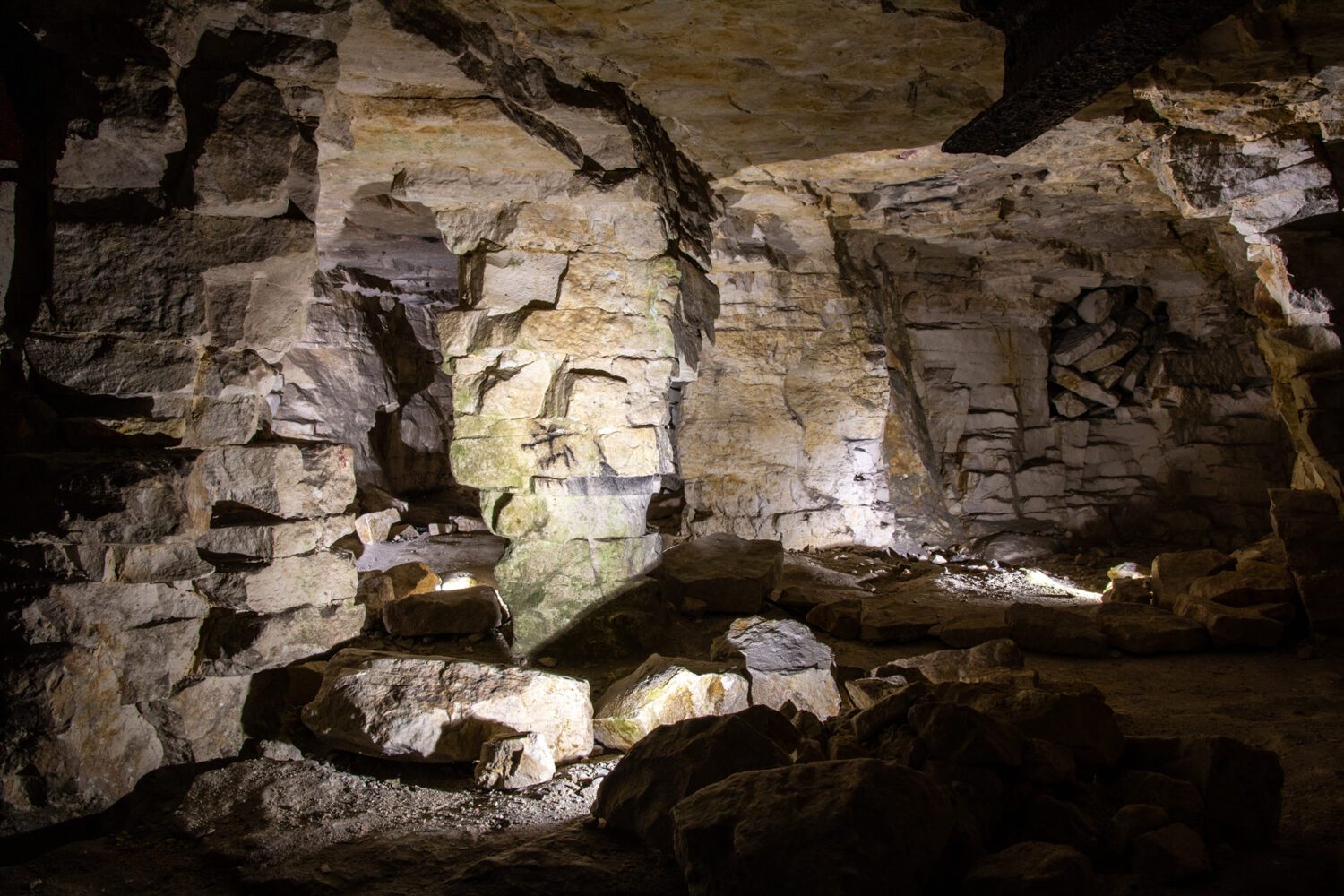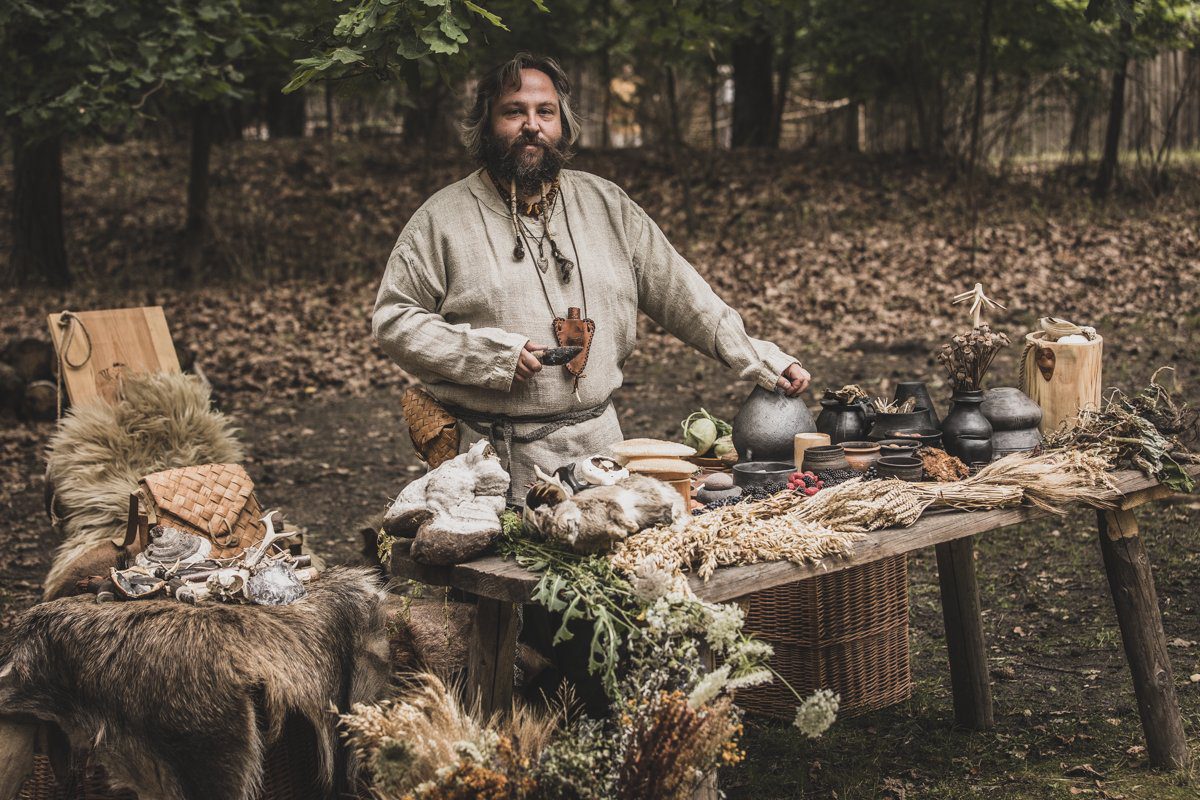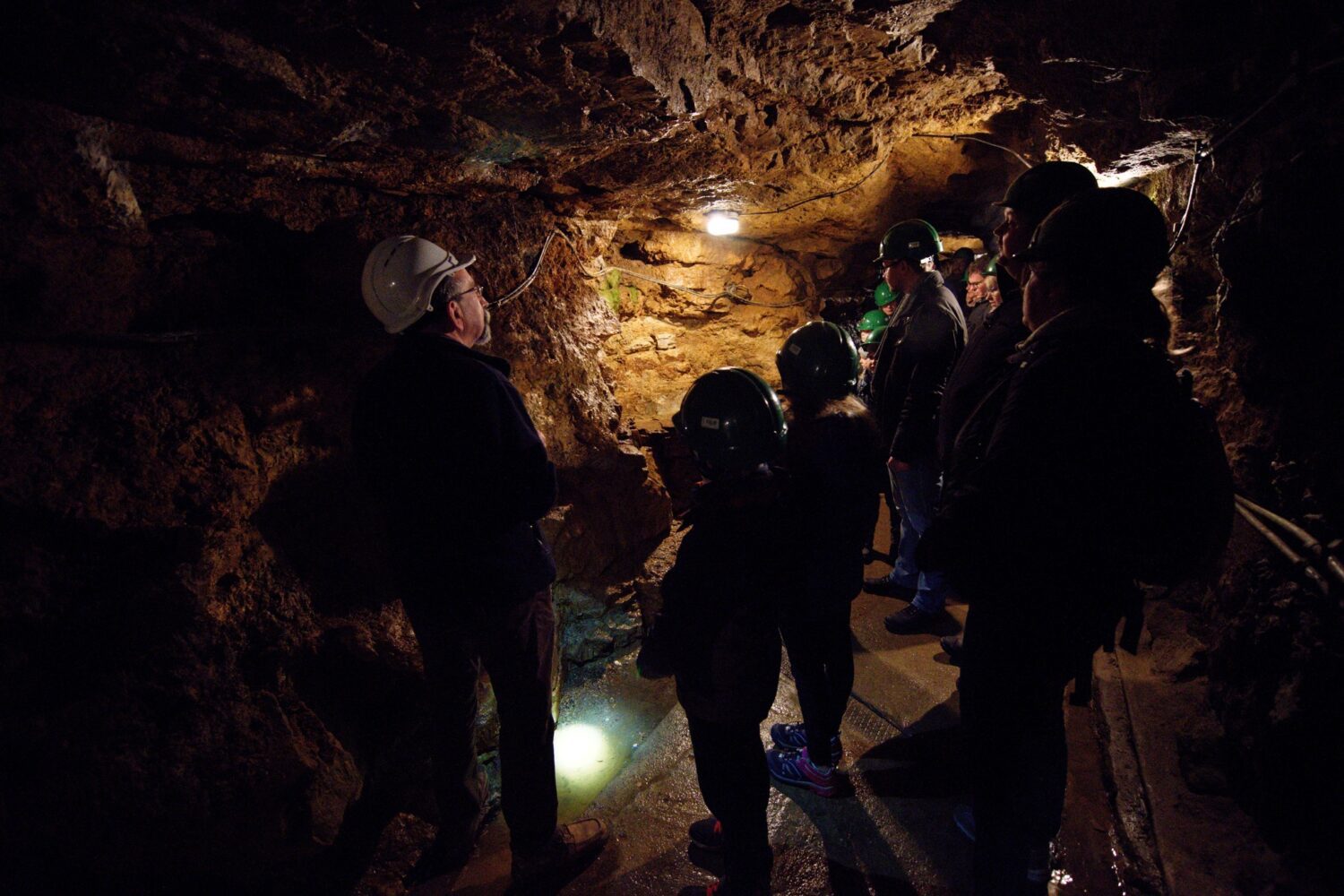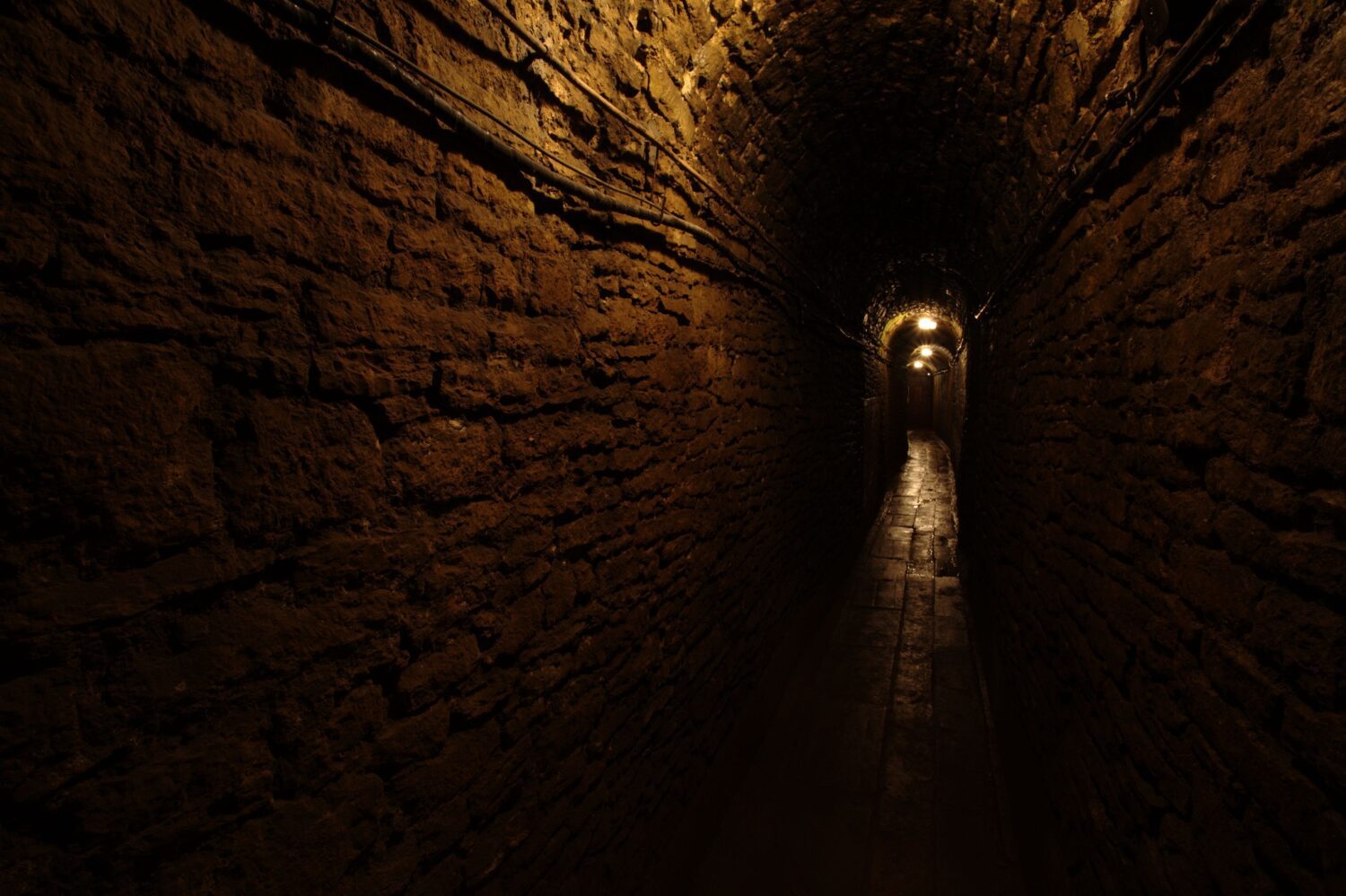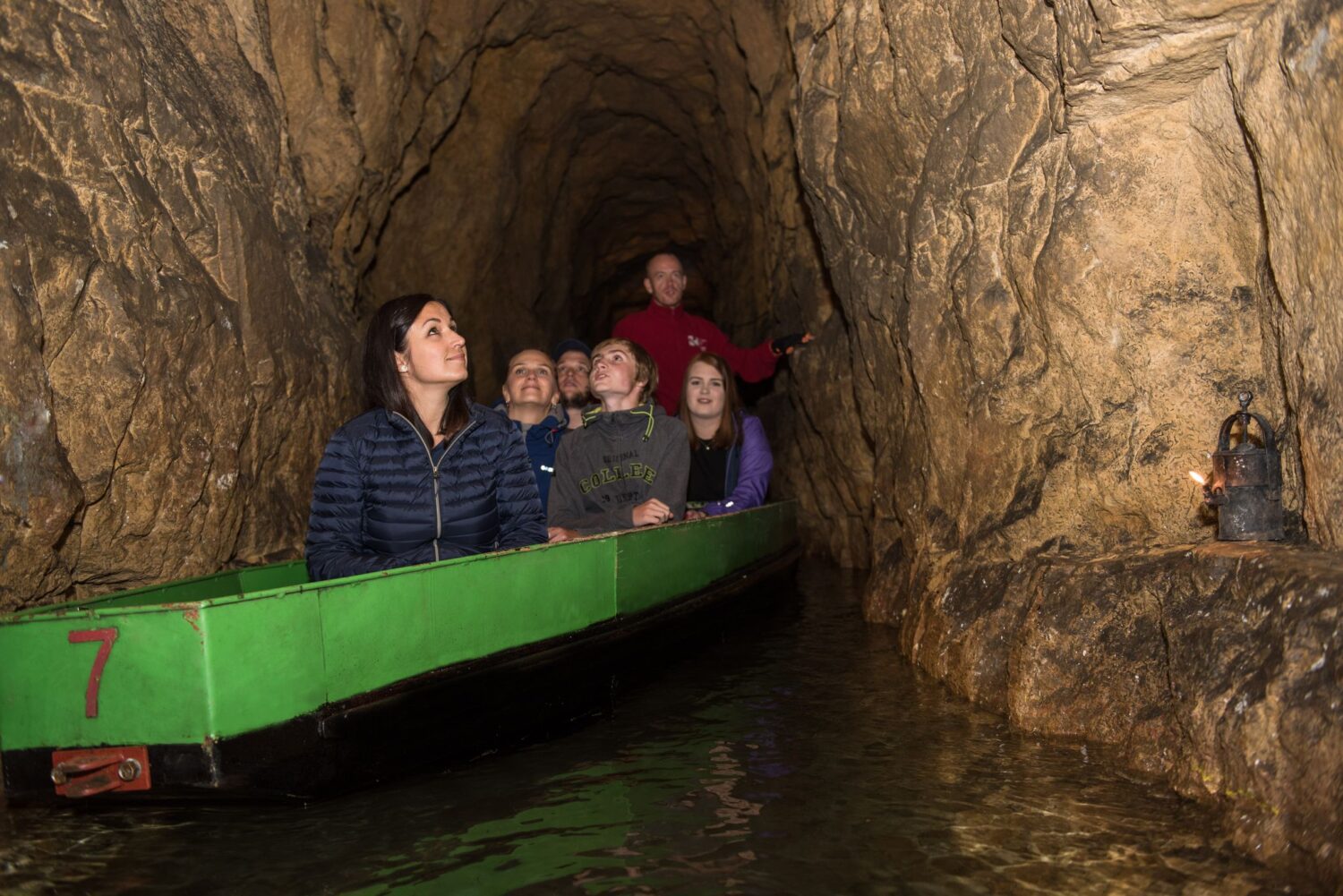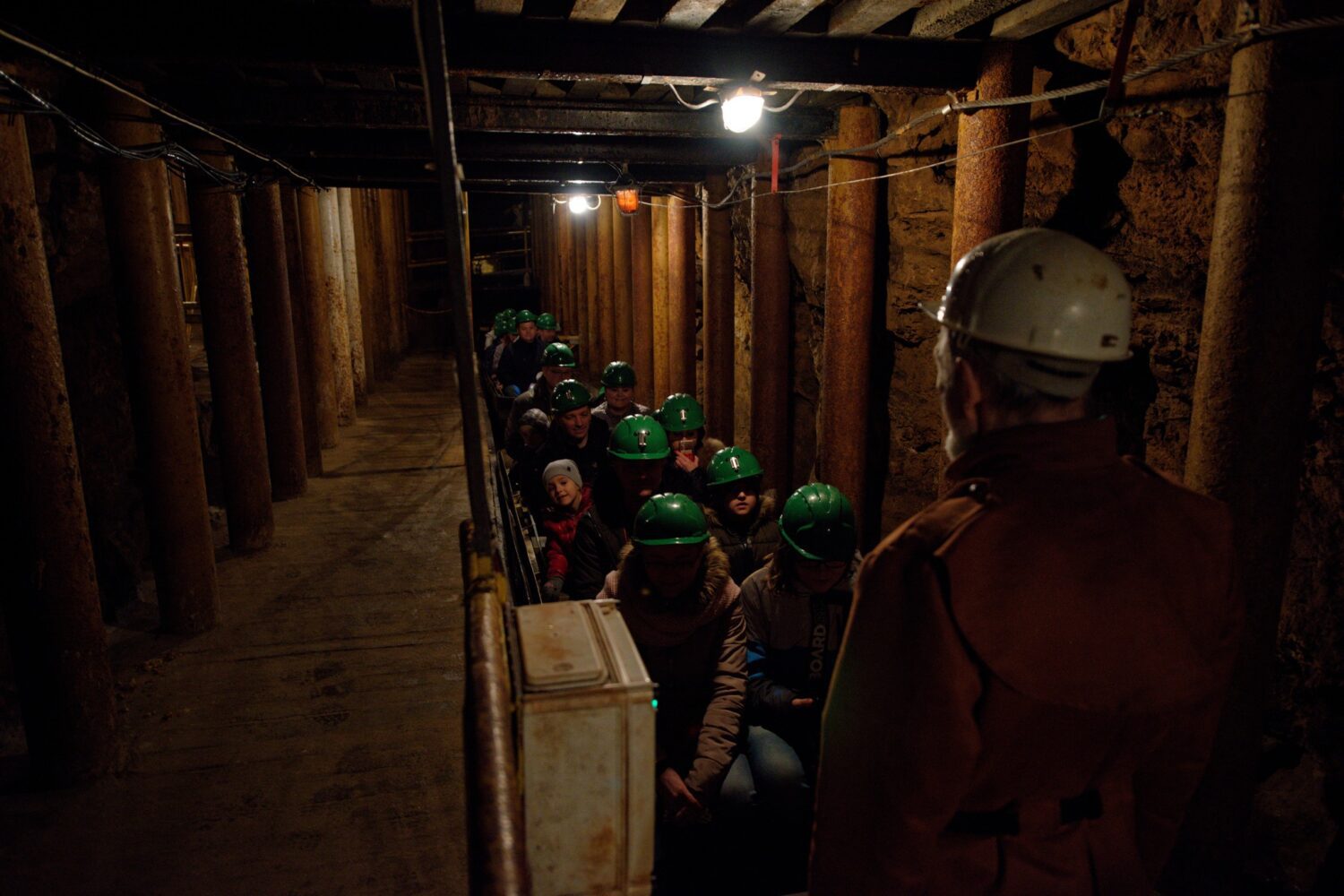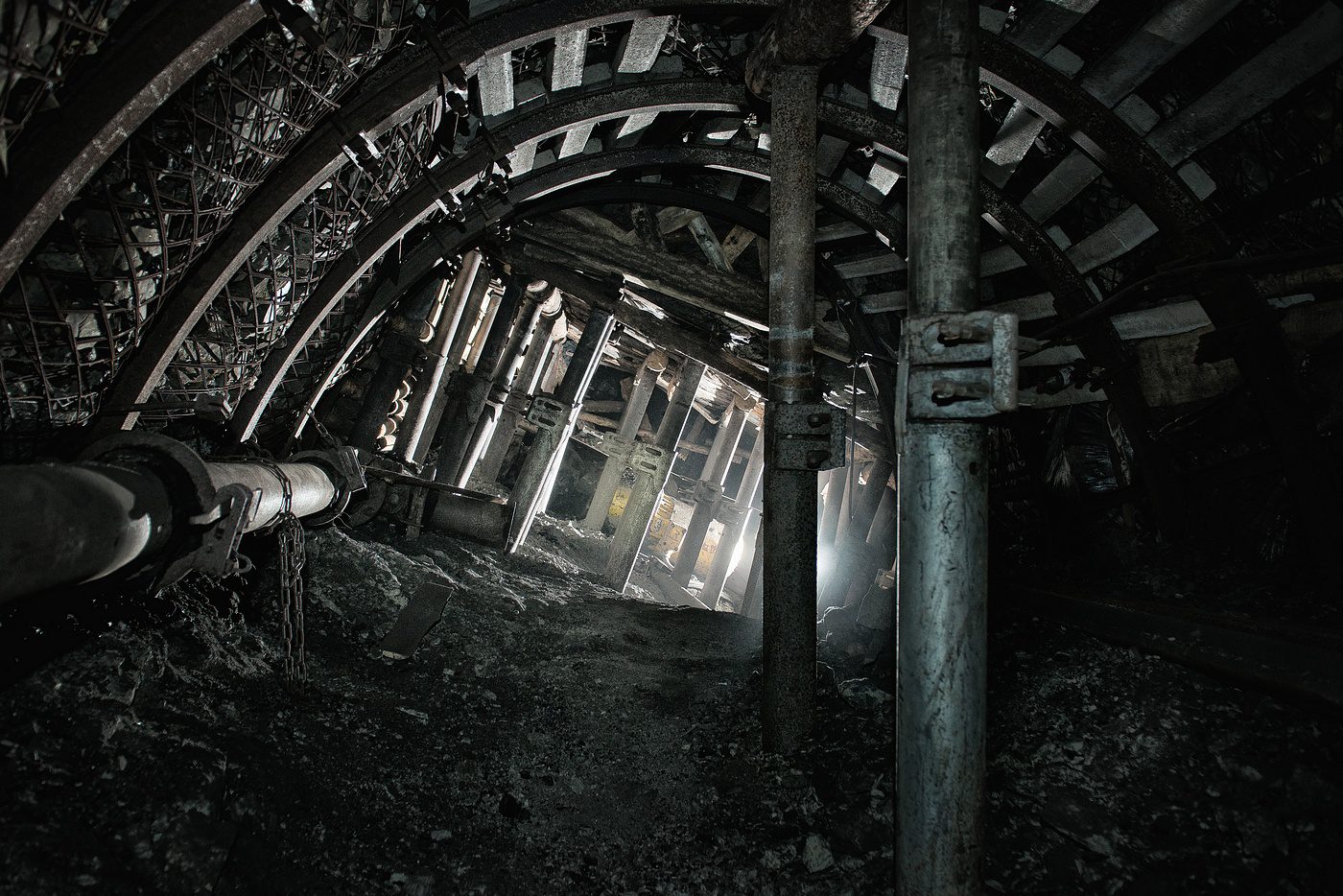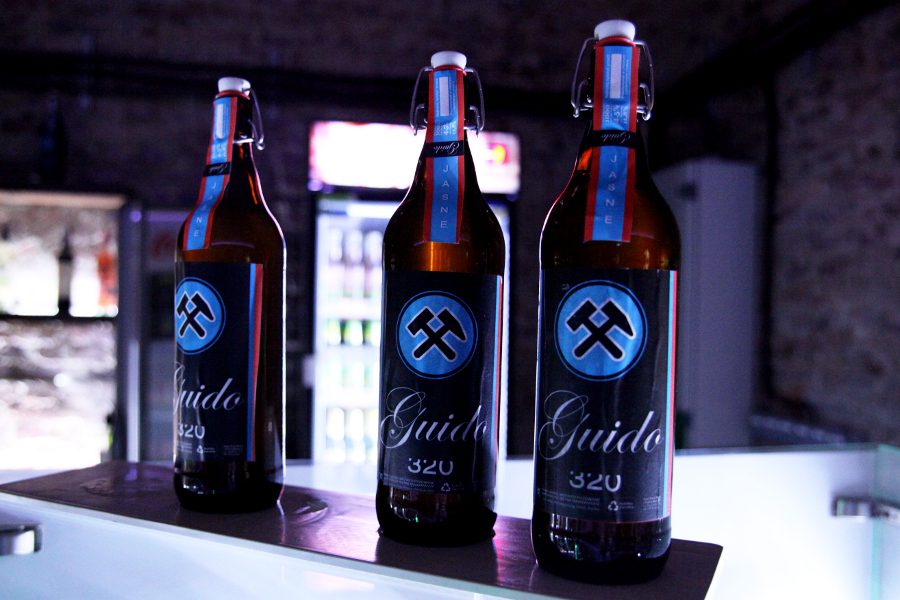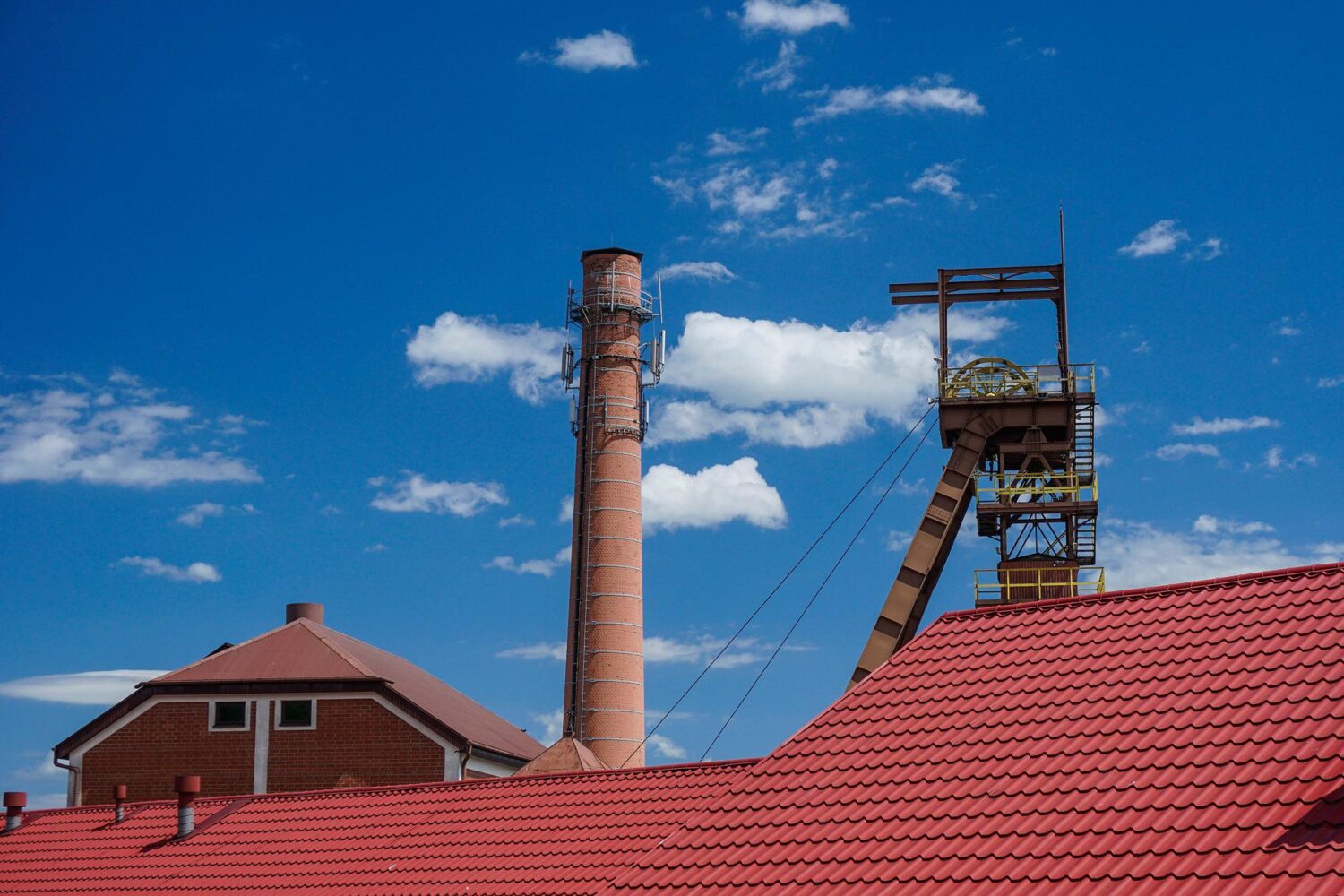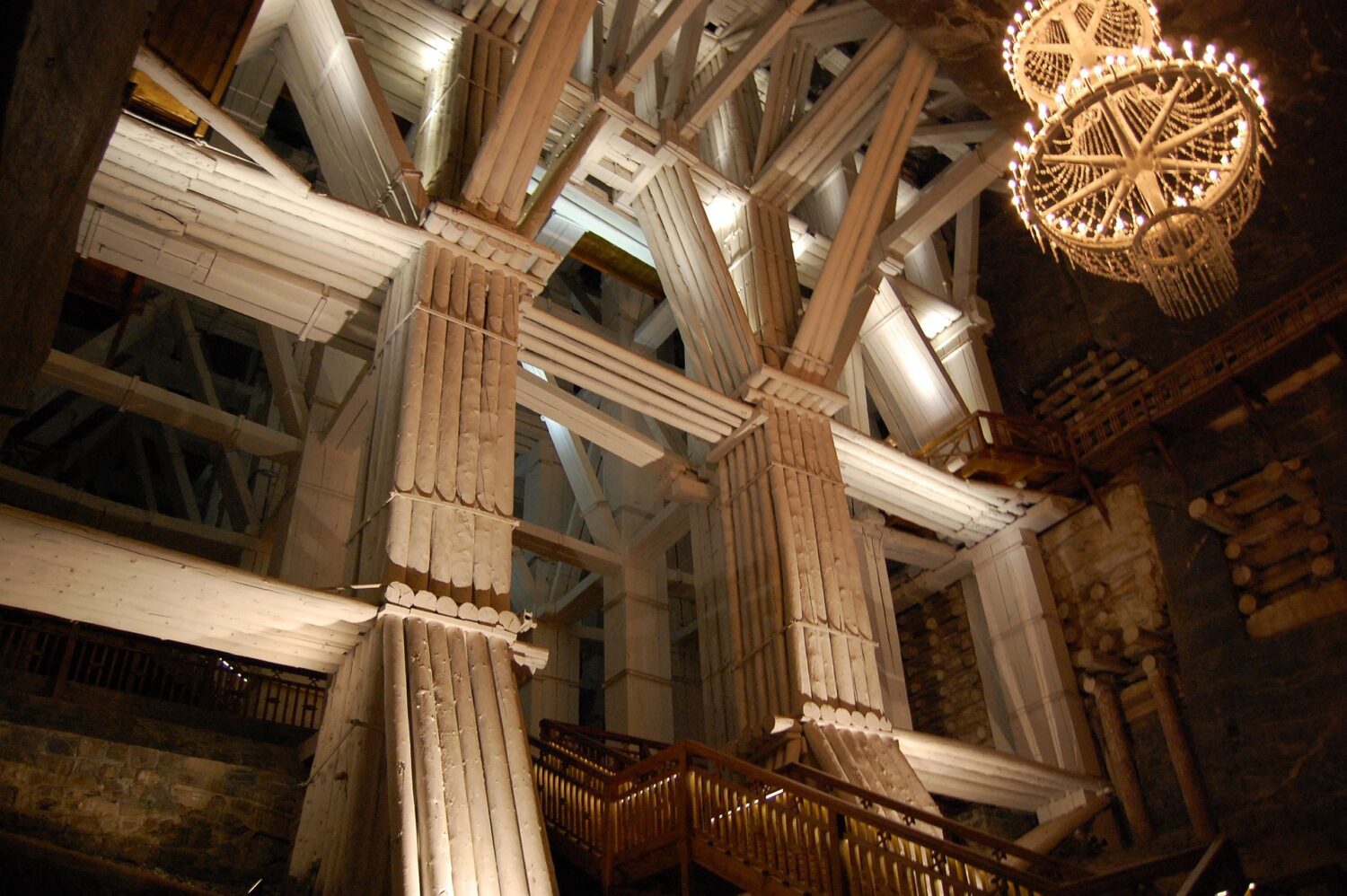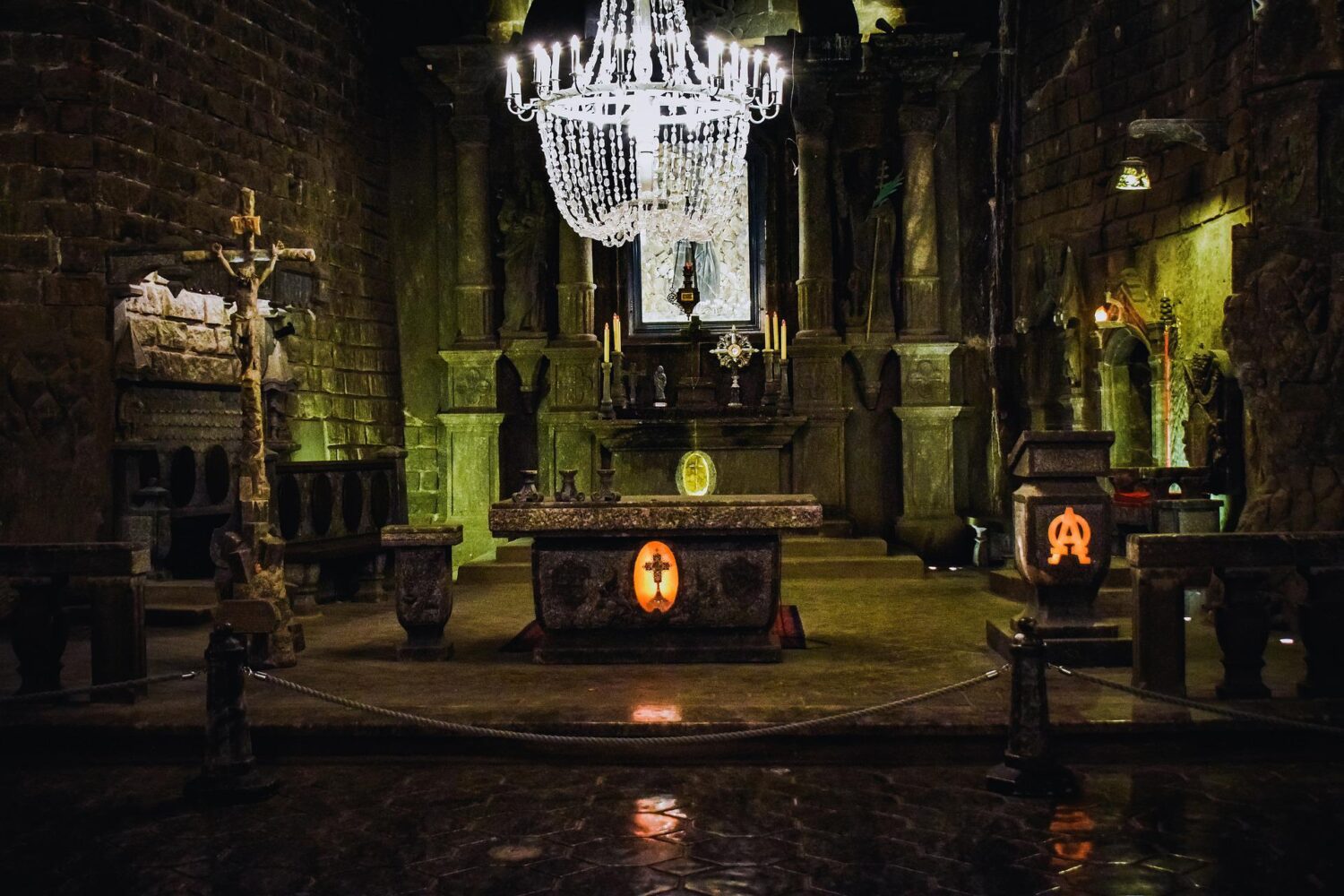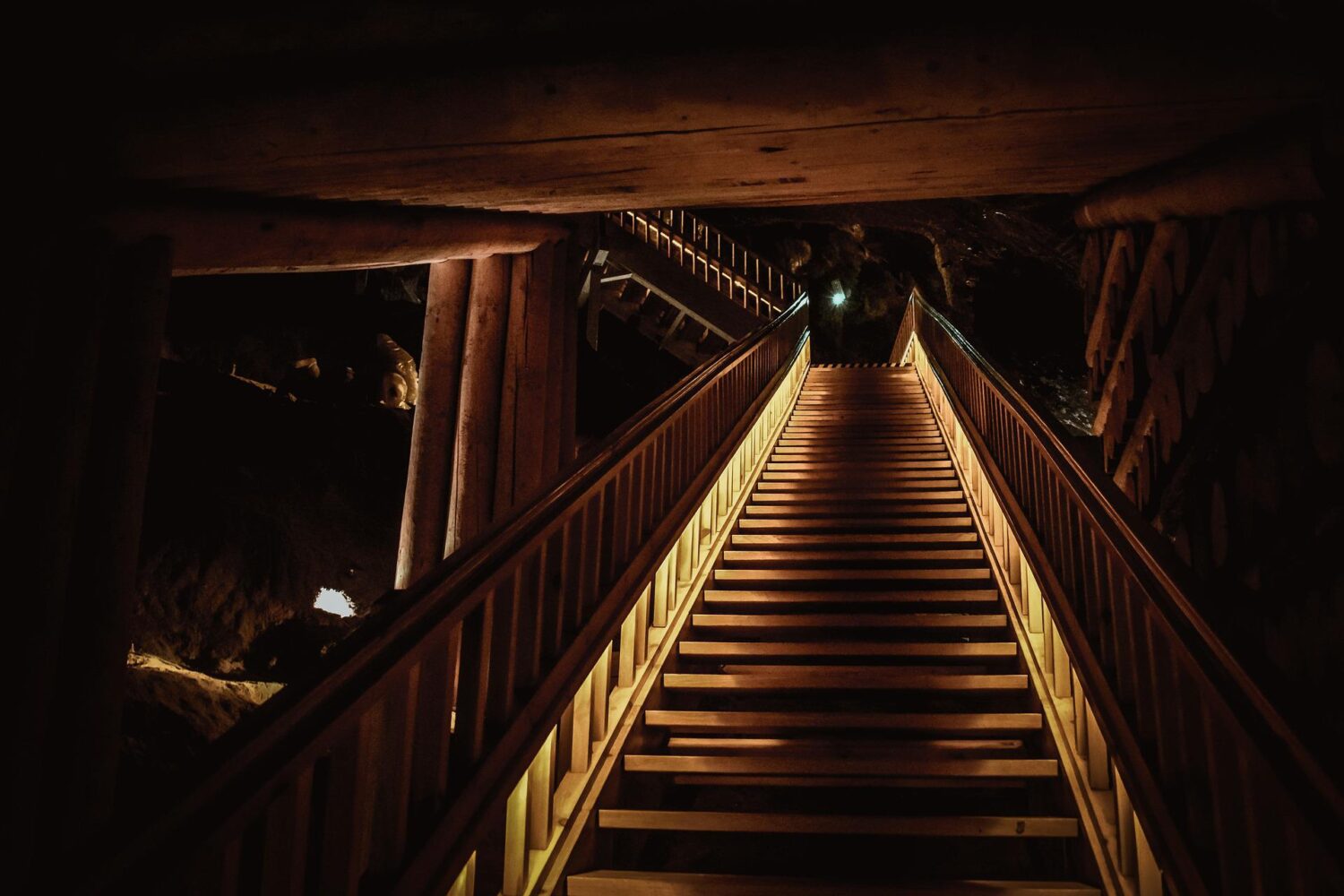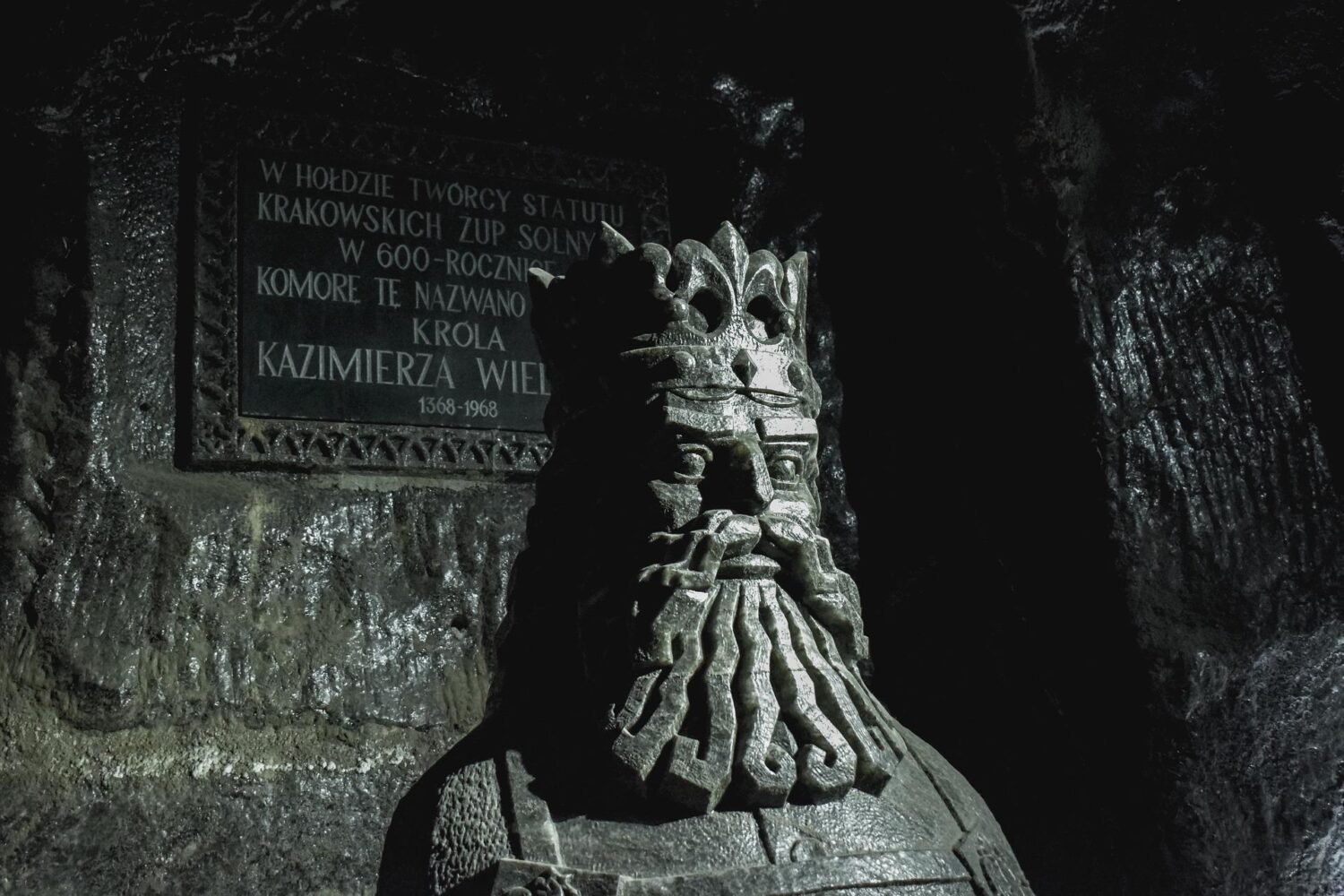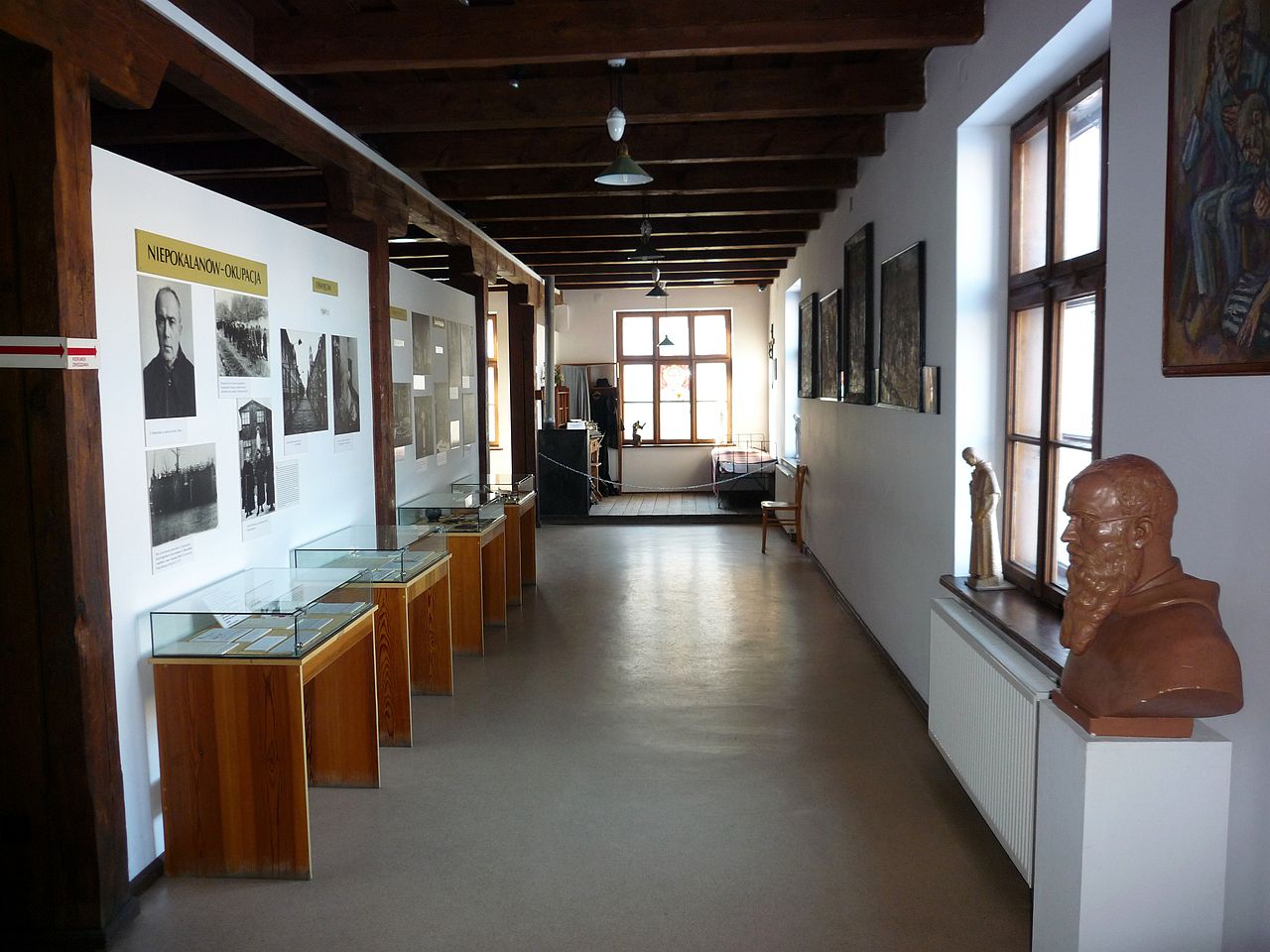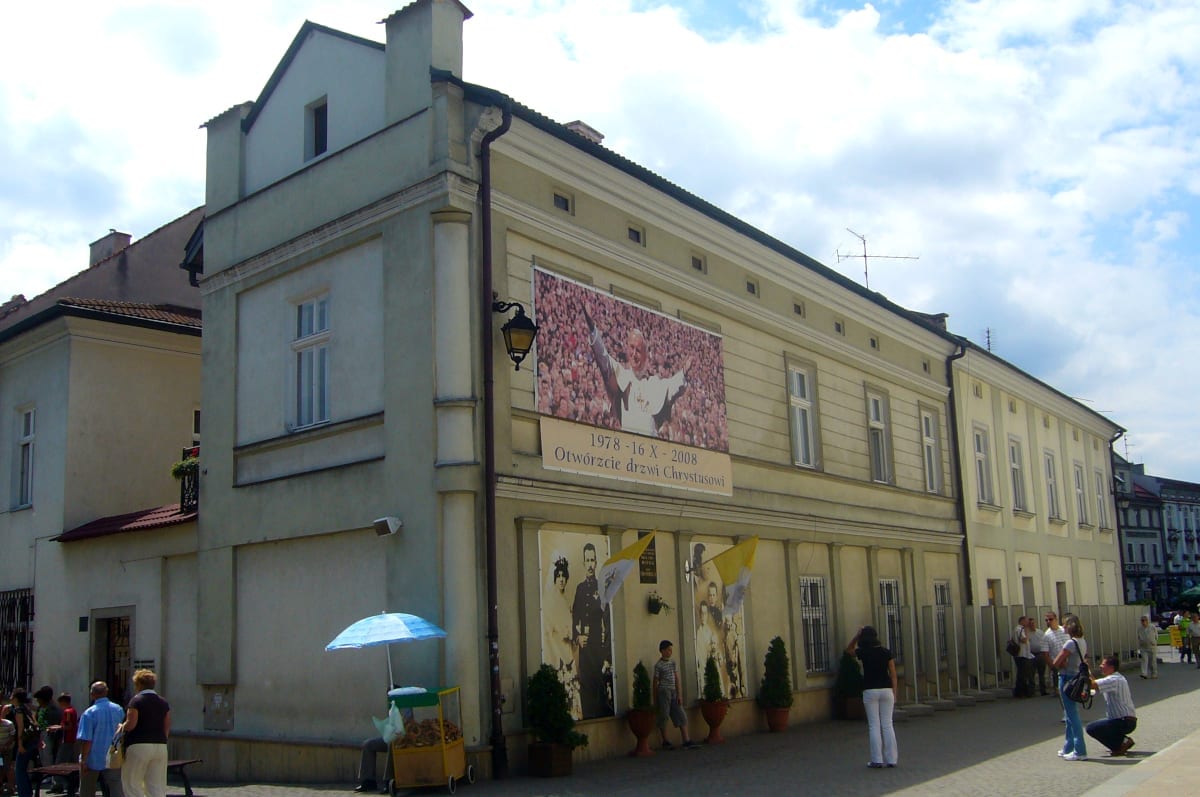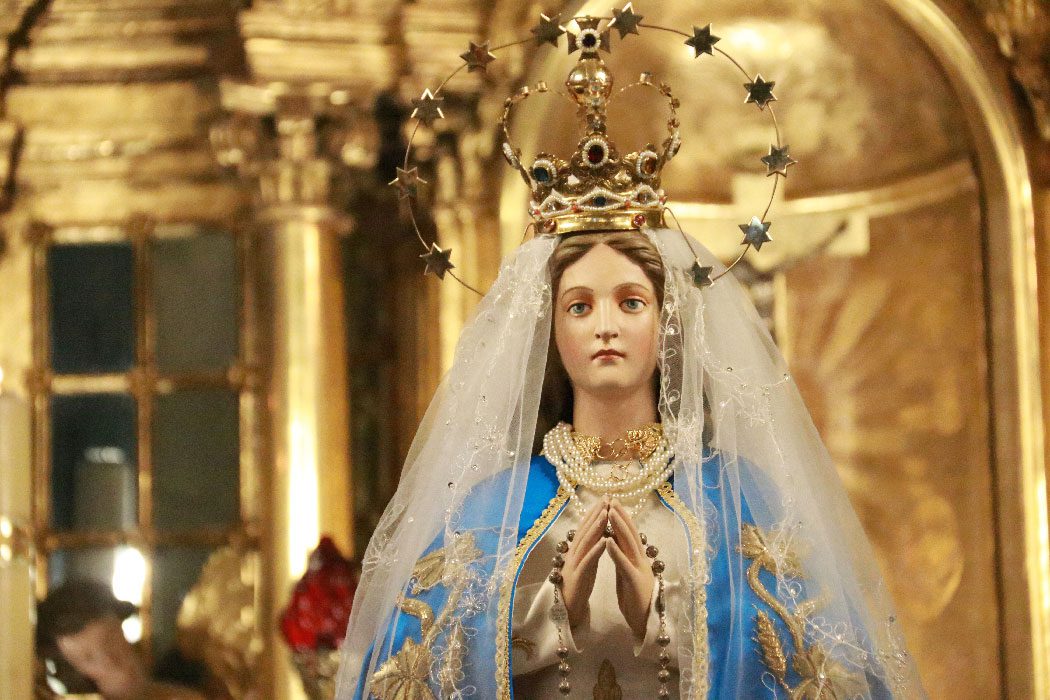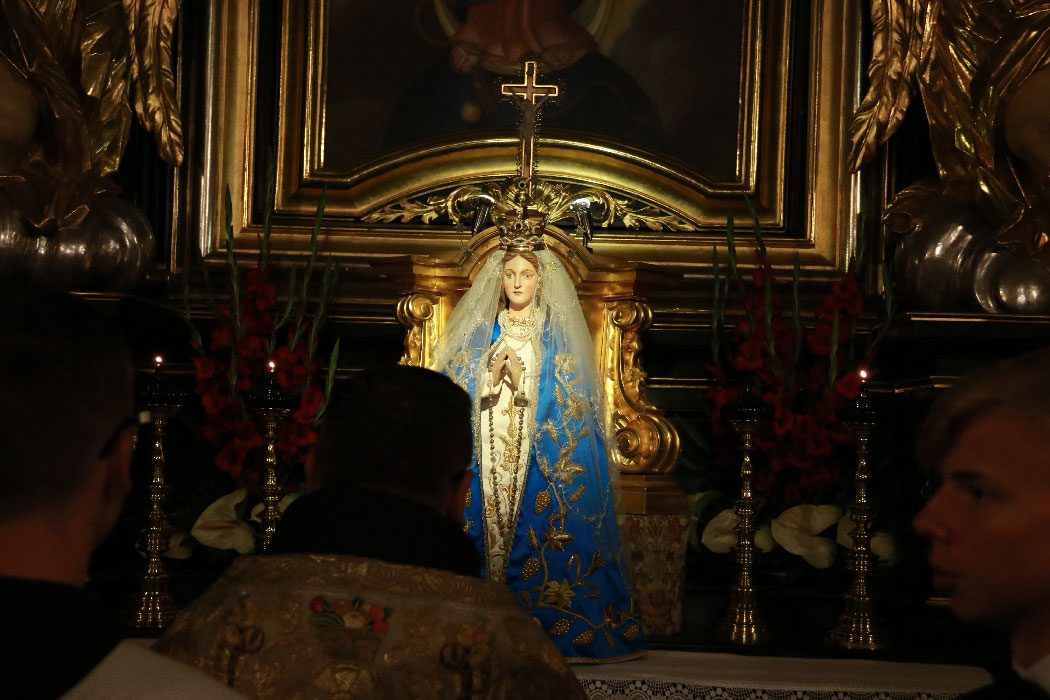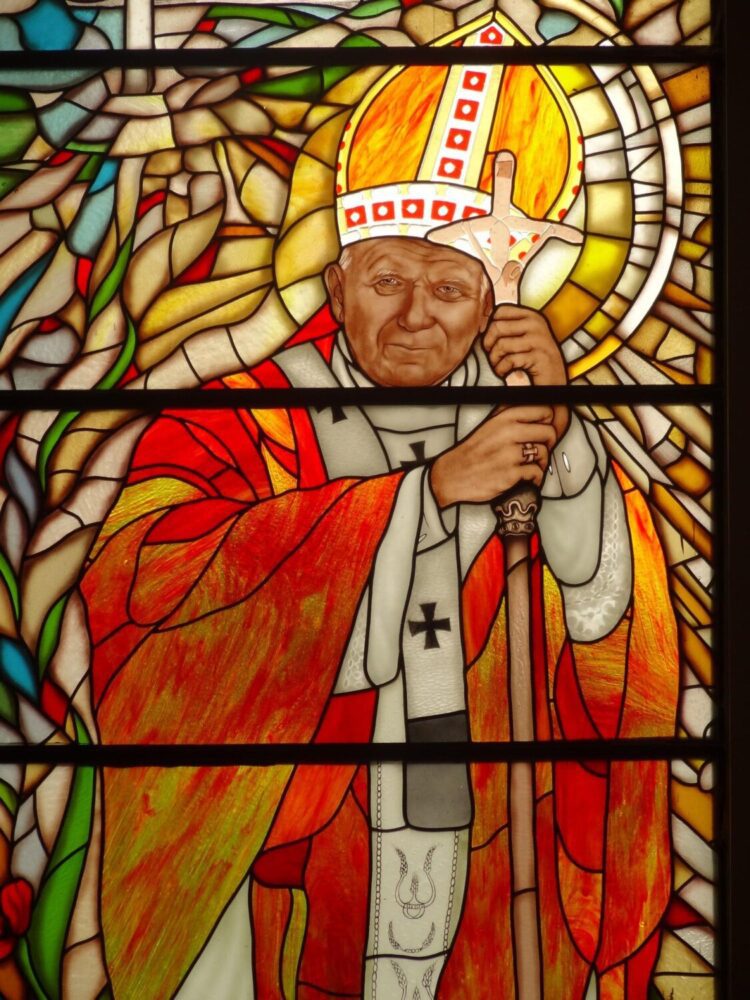Treblinka Concentration Camp
Treblinka Extermination Camp
Treblinka – updated 15 January 2023.
Treblinka was an extermination camp, built and operated by Nazi Germany in occupied Poland during World War II. Together with the camps at Bełżec and Sobibor, the camp operated as part of Operation Reinhard, the deadliest phase of the Final Solution, so called in memory of Reinhard Heydrich, a high-ranking German SS and police official during the Nazi era and one of the main architects of the Holocaust.
The camp was established in 1942 as part of the “Final Solution,” the Nazi plan to exterminate the Jewish population of Europe.
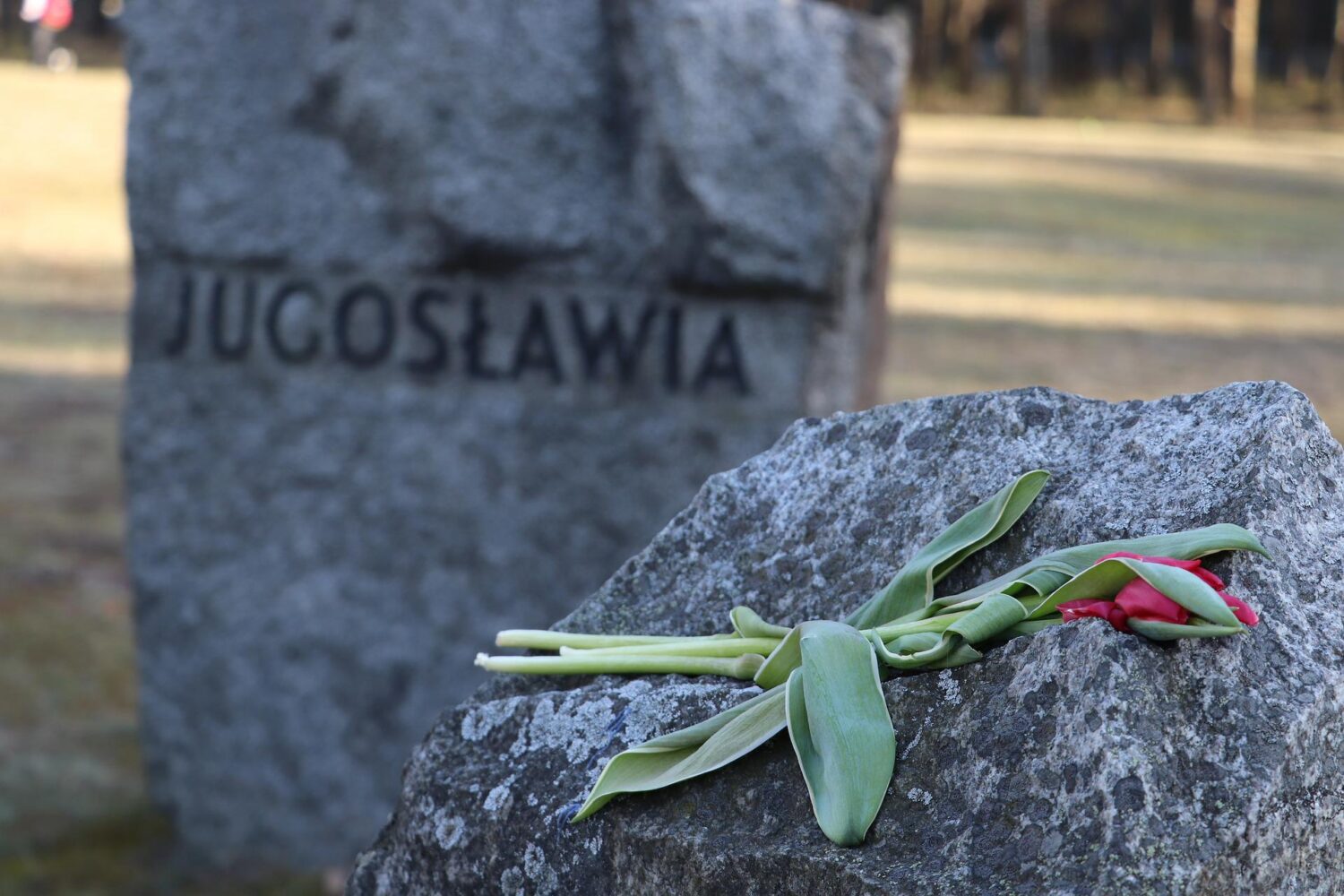
Location
The camp was located in a forest north-east of Warsaw, 4km south of the village of Treblinka in what is now the Masovian Voivodeship.
Murder
Treblinka operated between 23 July 1942 and 19 October 1943 and during this time, it is estimated that 900,000 to 1,200,000 people were murdered there. More Jews were killed at Treblinka than at any other Nazi extermination camp apart from Auschwitz-Birkenau.
Death camp
Treblinka was designed to be a death camp, with the sole purpose of murdering as many people as efficiently as possible. The camp was operated by the SS (Schutzstaffel) and a large number of prisoners were killed in gas chambers using the pesticide Zyklon B.
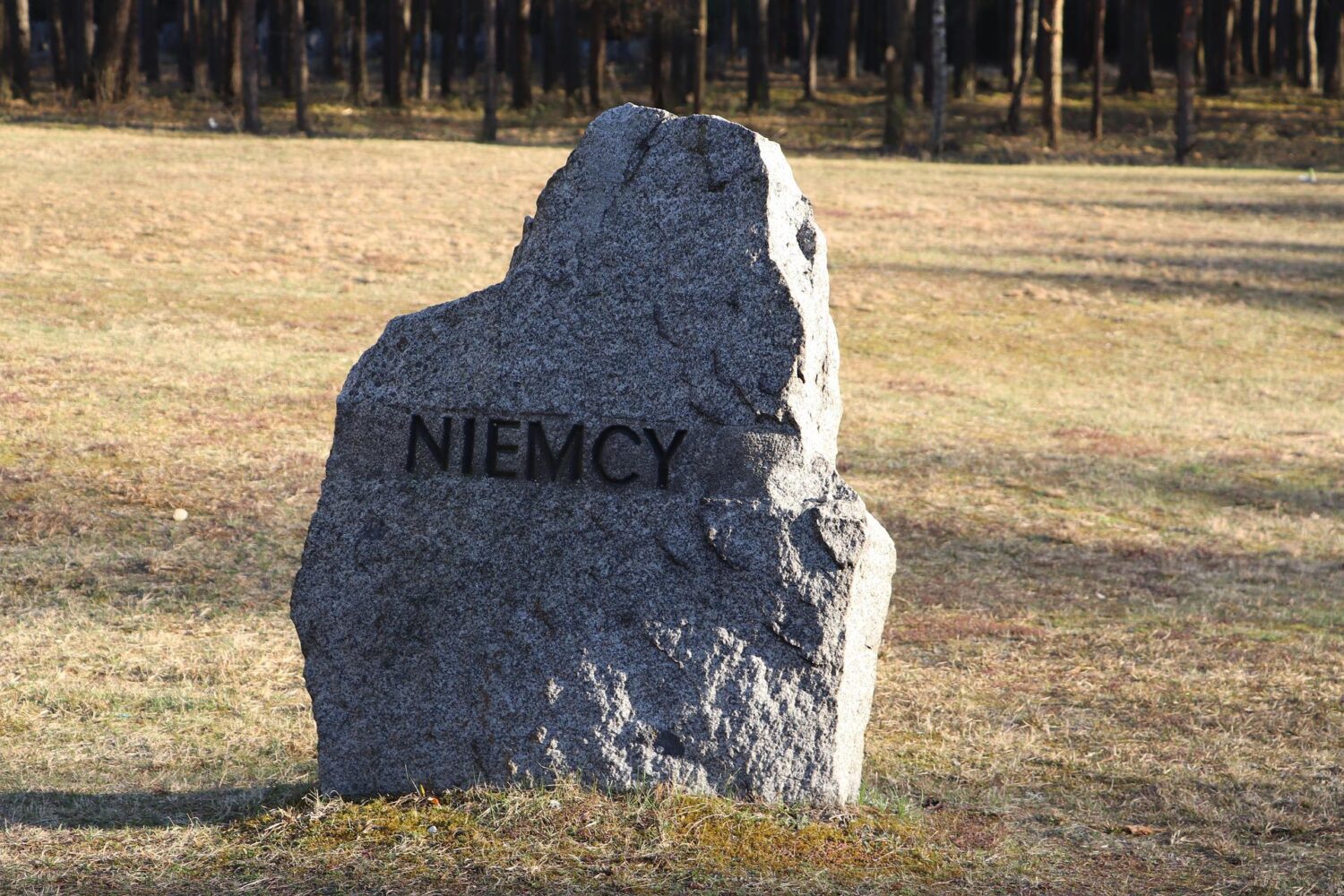
Three parts
The camp was divided into three parts and was a highly efficient death factory. One part of the camp was for the use of staff and housed workshops, another part was set aside as a reception area for prisoners and the third part was the extermination area.
The pipe
A narrow alley known as the ‘pipe’ connected the reception area with the extermination area allowing for quick transportation of prisoners to the gas chambers. The extermination area also contained mass graves and woodpiles for the cremation of prisoners.
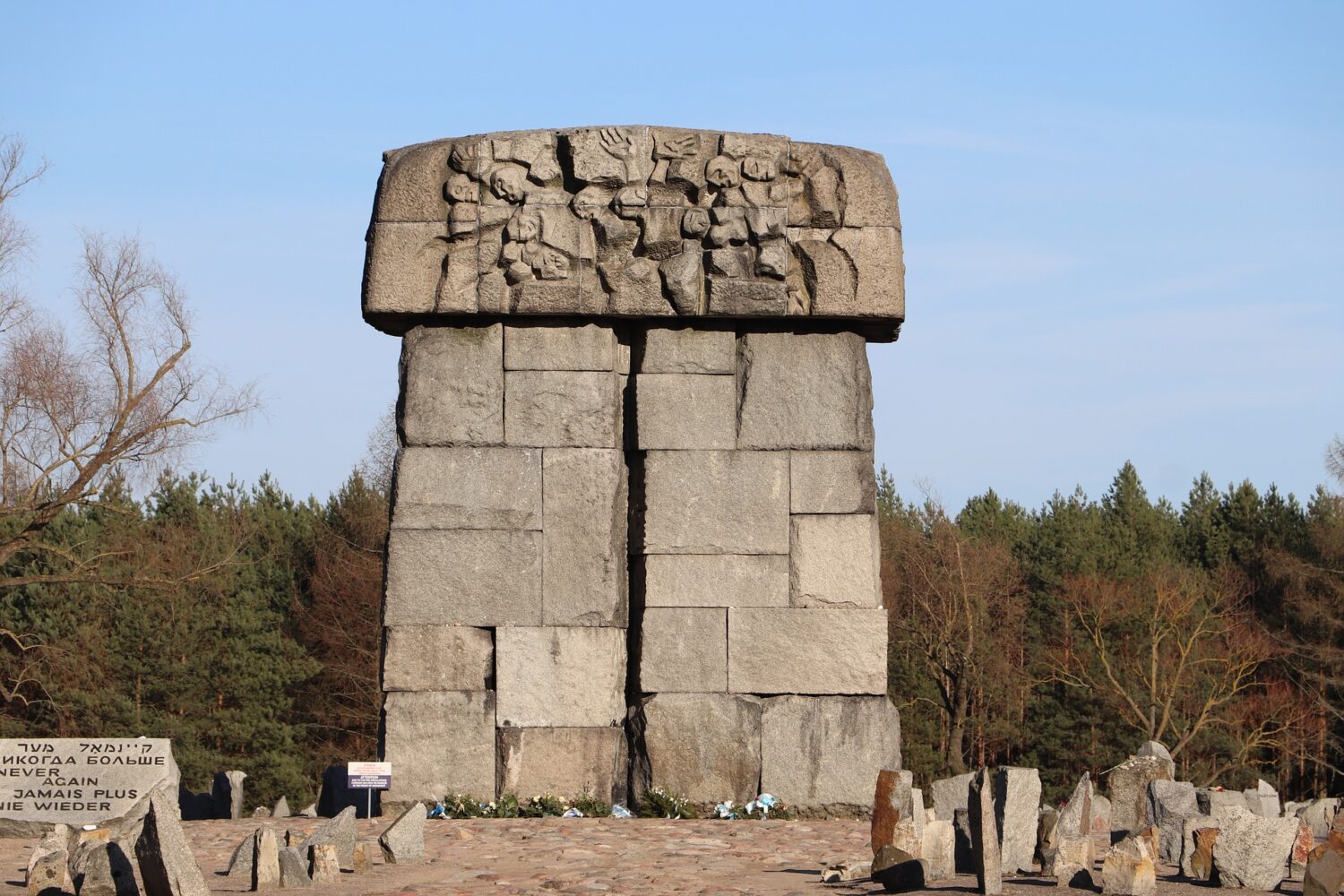
Immediate execution
Unlike other extermination camps, prisoners at Treblinka were murdered almost immediately upon arrival at the camp. There was no tattooing, no huts, no wooden bunks and no forced labour. People went straight to the gas chambers as soon as they alighted from their transport.
Additional gas chambers
Initially, there were three gas chambers at the camp with the capacity to asphyxiate 300-500 people per hour. Ten much bigger gas chambers were added in September 1942 increasing the capacity to between 1000-2000 people per hour.
Prisoners
Prisoners arrived in the village of Treblinka by transport trains, each with forty to fifty trucks carrying 6,000 to 7,000 people. From there, they were transported to the camp 4km away by convoys of trucks. On arrival at the camp, men were separated from the women and children and were forced to strip naked.
They were then driven down the, ‘pipe’ into the, ‘bath house’ where they died of gas poisoning within about 15 minutes.
Bodies
The bodies were initially buried in mass graves but later were cremated on the orders of Heinrich Himmler who was already thinking about how to cover up the genocide. This was also required of the victims that had already been buried, and so the mass graves had to be opened and the bodies burned. The remains and the ash were thrown back into the graves.
Goldjuden
The clothes and items left by the victims in the deportation barracks before the ‘shower’ were sorted. Gradually, bankers and goldsmiths were selected from the transports and formed into a commando called the Goldjuden – Gold Jews. Their job was to collect and classify any valuables, which were then vigorously traded by Germans, Ukrainians and the local population.
Warsaw Ghetto
The first transports to the camp came from the Warsaw ghetto. Between the 23rd of July and the 21st of August 1942, a total of 254,000 Jews from Warsaw and 112,000 from other parts of the Warsaw region were murdered here.
Red Army
Treblinka was one of the deadliest of the Holocaust extermination camps, with a death rate estimated to be around 99.7%. The camp was closed down in 1943, as the Soviet Red Army approached, and the SS destroyed much of the camp in an attempt to conceal the evidence of the mass murder that had taken place there. Today, Treblinka is a memorial and museum, with a monument and several mass graves marking the site of the camp.
FAQ
Q: When was Treblinka Concentration Camp established?
A: The camp was established in 1942, during World War II, as part of the “Final Solution,” the Nazi plan to exterminate the Jewish population of Europe.
Q: Where is Treblinka Concentration Camp located?
A: It is located in occupied Poland, near the village of Treblinka, about 70 km (43 mi) northeast of Warsaw.
Q: Who operated Treblinka Concentration Camp?
A: It was operated by the SS (Schutzstaffel) during World War II.
Q: How many people were killed at Treblinka Concentration Camp?
A: An estimated 900,000 to 1,200,000 people, mostly Jews, were killed at the camp during its operation from 1942 to 1943.
Q: When was Treblinka Concentration Camp liberated?
A: It was closed down in 1943, as the Soviet Red Army approached, and the SS destroyed much of the camp in an attempt to conceal the evidence of the mass murder that had taken place there.
Q: Is Treblinka Concentration Camp open to the public?
A: Today, Treblinka is a memorial and museum, with a monument and several mass graves marking the site of the camp. The site is open to the public for visits and to pay respects to the victims of the Holocaust.
Treblinka Tours
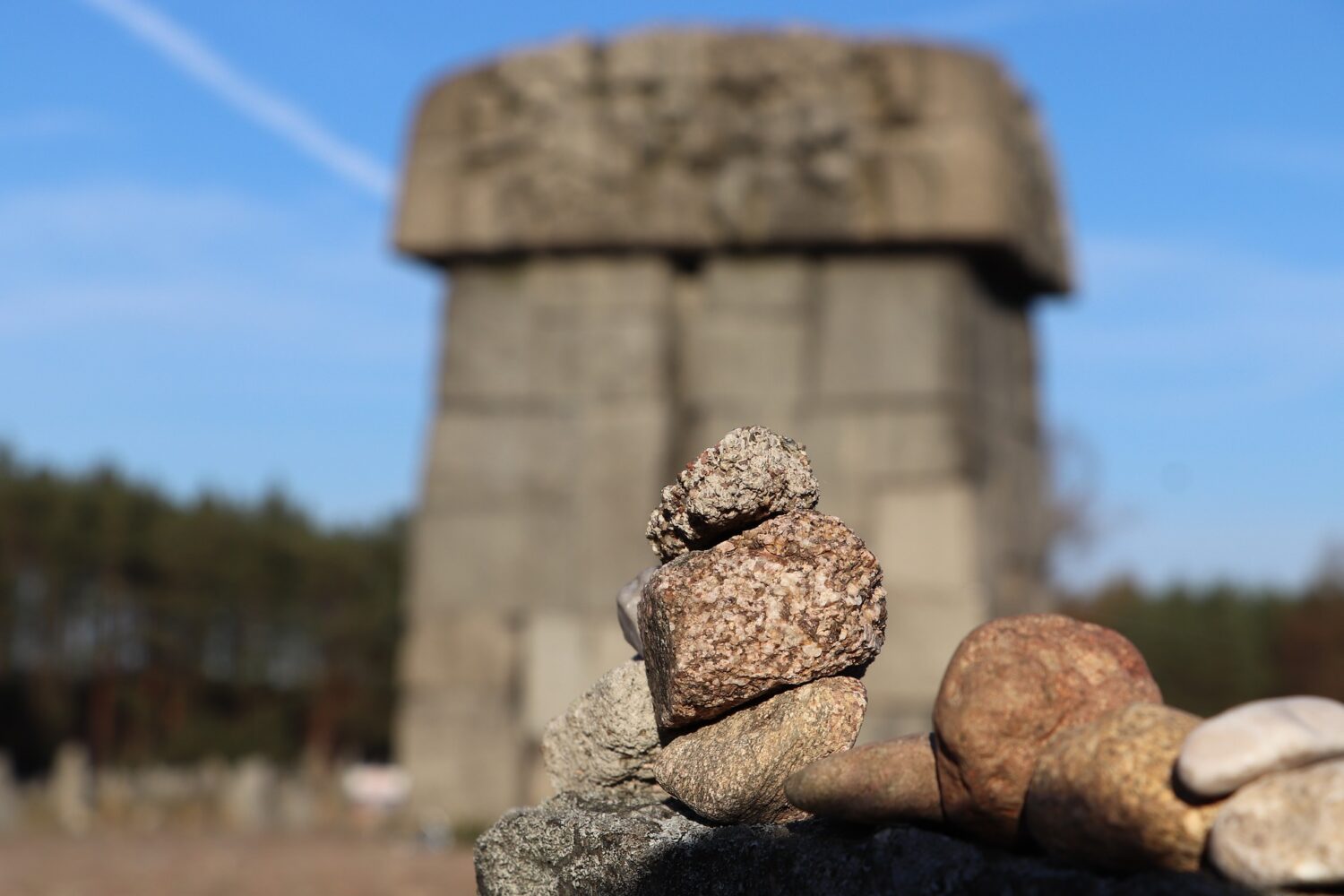
What to expect from this tour
Visit the museum and memorial to World War II in Treblinka, the second-biggest Nazi extermination camp.
Start your tour at the south end of the Warsaw Ghetto, where now the Palace of Culture and Science is. There, with your guide, you will see the memorial to Janusz Korczak, an educator, children-author and pedagogue, who went to Treblinka with his child students. Next, head for the Umschlagplatz, where Warsaw Jews were selected and loaded on the trains to the camp.
Afterwards, head for Treblinka commemoration place. There, in the middle of the forest, visit a museum with a miniature model of the camp and watch moving testimonies of some of the camp survivors. Next, following the symbolic train tracks, you walk towards the impressive Treblinka memorial. Made of over 17,000 stones, the monument commemorates over 700,000 victims of the extermination camp. Learn dire stories of transportation of the European Jews to this camp and find out more about the revolt that took place in Treblinka in the summer of 1943. After the time of contemplation at the Treblinka memorial, you return to Warsaw, to the original starting point.
